Table of Contents
Steps to Make Mexican Beef Stew
Step 1: Sear the Meat
Heat a large Dutch oven over medium-high heat. Add 2 tablespoons of vegetable oil, then sear 2 pounds of beef chuck roast on all sides until deeply browned (about 5 minutes per side). This step builds flavor through the Maillard reaction. Use tongs to flip the meat and ensure even browning.
Step 2: Simmer Low and Slow
Add 1 diced onion, 4 minced garlic cloves, 1 can (14 oz) diced tomatoes, 2 cups beef broth, 2 tablespoons chili powder, 1 tablespoon ground cumin, 1 teaspoon dried oregano, and 1 teaspoon salt. Bring to a boil, then reduce heat to low. Cover and simmer for 2.5-3 hours until the beef is fork-tender. Stir occasionally to prevent sticking.
Step 3: Finish with Fresh Elements
Remove the pot from heat. Stir in 2 tablespoons fresh lime juice and 1/4 cup chopped cilantro. Taste and adjust seasoning if needed. Serve immediately with warm corn tortillas, rice, or avocado slices for a complete meal.
Why Mexican Beef Stew?
Mexican beef stew is a celebration of bold flavors and cultural heritage. The slow-cooking process transforms simple ingredients into a rich, aromatic dish that’s perfect for any occasion. Unlike store-bought alternatives, homemade versions let you control the spice level and freshness. This recipe delivers authentic taste with minimal effort—just three clear steps that yield restaurant-quality results.
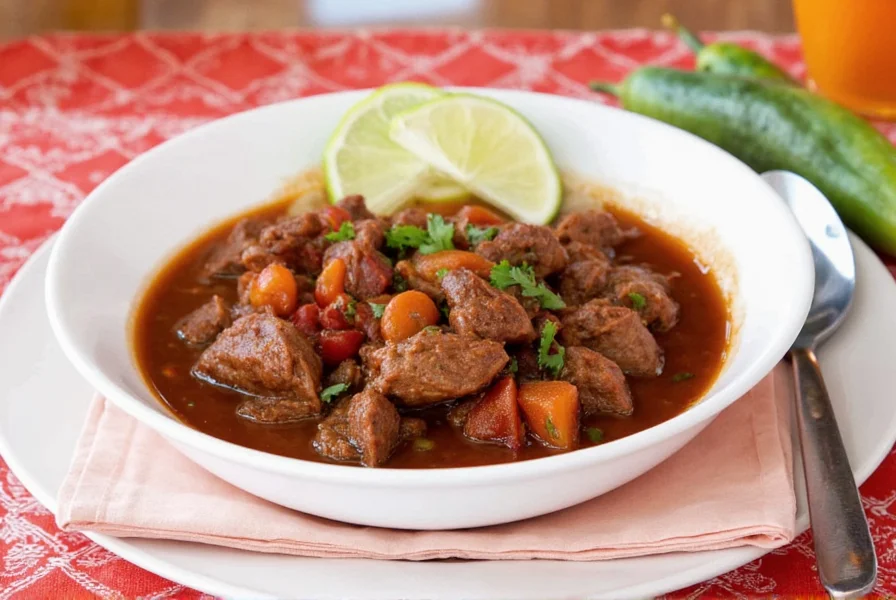
Essential Ingredients for a Perfect Stew
For an authentic mexican beef stew recipe, use these core ingredients:
- Beef chuck roast (2 lbs): Ideal for slow cooking due to its marbling and connective tissue.
- Diced tomatoes (14 oz can): Adds acidity and richness; fire-roasted varieties enhance depth.
- Beef broth (2 cups): Use low-sodium for better control over seasoning.
- Chili powder (2 tbsp): Choose a blend with cumin and oregano for authentic flavor.
- Fresh lime juice (2 tbsp): Brightens the stew at the end; never skip this step.
- Optional additions: Diced potatoes, carrots, or jalapeños for extra texture and heat.
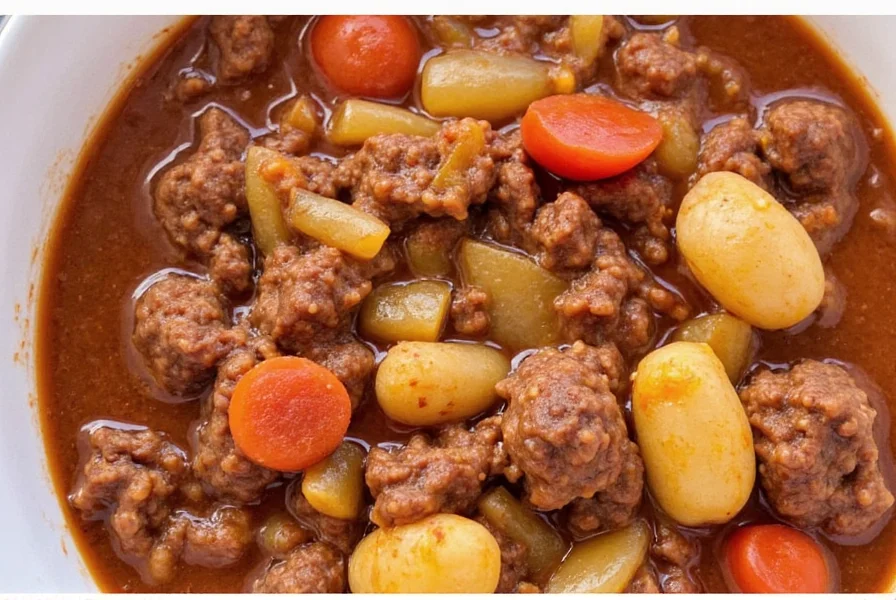
Pro Tip: Fresh vs. Dried Herbs
Use fresh cilantro and oregano when possible for brighter flavor. If using dried, reduce quantities by half to avoid overpowering the dish.
Cooking Tips for the Best Flavor
- Don’t skip searing: Browning the meat creates a flavorful fond (browned bits) that enriches the broth.
- Simmer covered: This traps steam and prevents evaporation, ensuring tender meat and concentrated flavors.
- Taste before serving: Adjust salt and spices gradually—add 1/4 tsp at a time to avoid over-seasoning.
- Rest before serving: Let the stew sit for 10 minutes after cooking to allow flavors to meld.
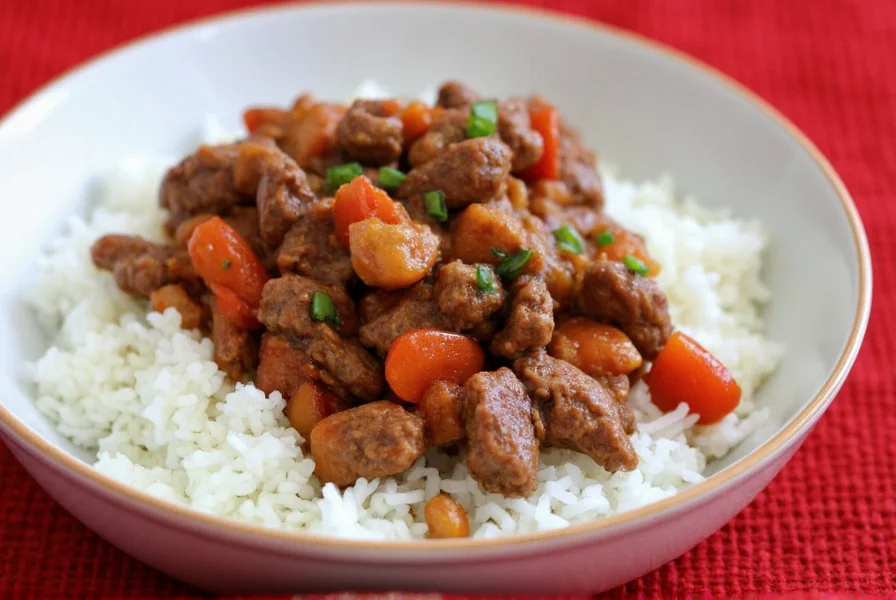
Pro Tip: Use Homemade Broth
For deeper flavor, make your own beef broth by simmering bones with vegetables and herbs for 4 hours. Store-bought broth works too, but choose low-sodium versions.
| Spice | Best Uses | Key Features |
|---|---|---|
| Chili Powder | Base flavor in stews and sauces | Smoky and slightly sweet; use high-quality blends for better depth |
| Cumin | Warm, earthy notes | Whole seeds or ground—both work well; choose organic for freshness |
| Oregano | Herbaceous undertones | Dried or fresh; fresh is more vibrant |
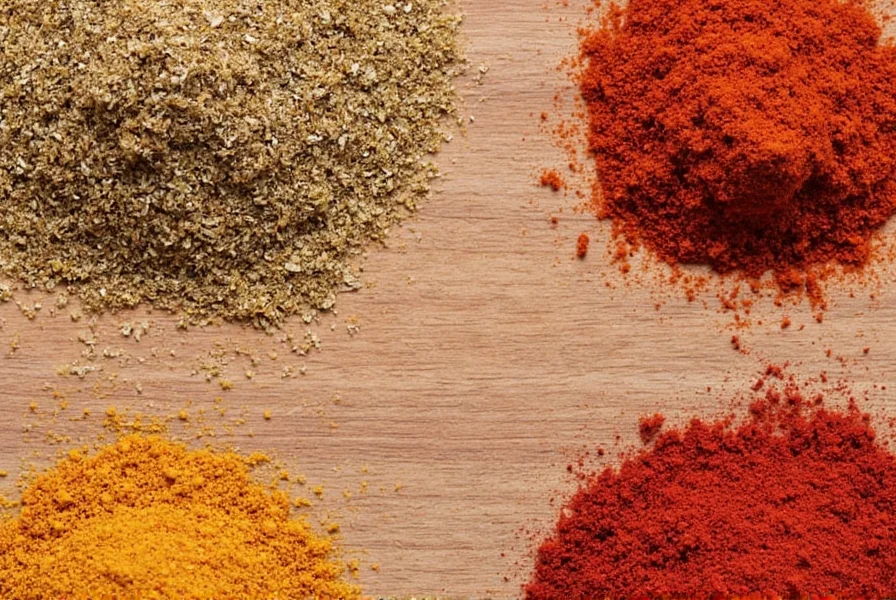
Pro Tip: Toast Whole Spices
For maximum flavor, toast cumin seeds in a dry pan for 2 minutes before grinding. This releases essential oils and intensifies the aroma.
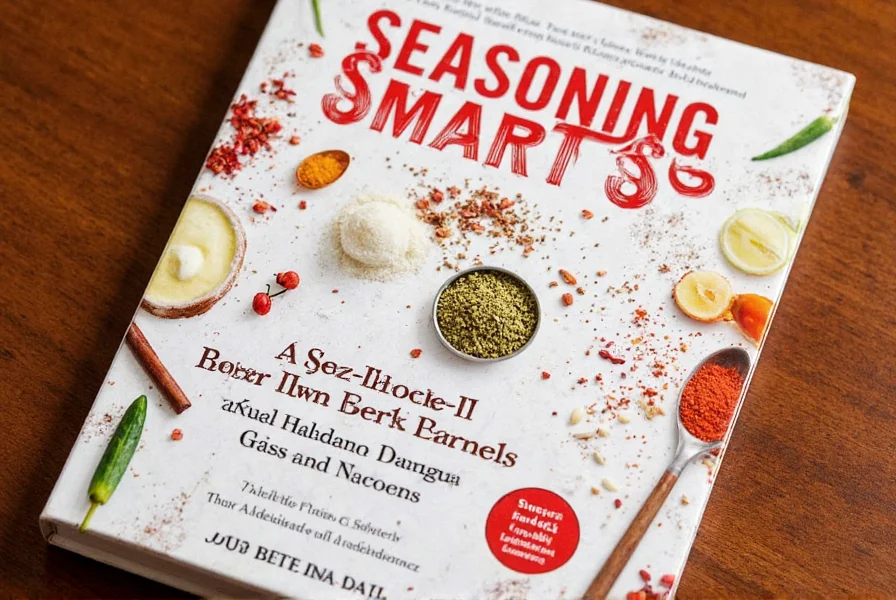
Frequently Asked Questions
How long does it take to make authentic Mexican beef stew?
This streamlined recipe takes 2.5-3 hours total, with 15 minutes prep and 2.5 hours simmering. For faster results, use a pressure cooker (25 minutes high pressure) or slow cooker (6 hours on low). The key is low-and-slow cooking for tender meat.
What’s the best cut of beef for Mexican beef stew?
Beef chuck roast is ideal due to its marbling and collagen, which breaks down into gelatin during slow cooking. Alternatives include brisket or short ribs, but chuck offers the best balance of flavor, tenderness, and affordability.
Can I make this Mexican beef stew recipe gluten-free?
Yes, this recipe is naturally gluten-free. Ensure your broth and spices are certified gluten-free, as some commercial products may contain hidden gluten. No flour or thickeners are needed for this stew.
How spicy is traditional Mexican beef stew?
Traditional versions have mild to moderate heat. For a milder stew, use 1 tablespoon of mild chili powder. For more heat, add 1 diced jalapeño with seeds or increase chili powder to 3 tablespoons. Always taste before serving to adjust.
What are the best sides to serve with Mexican beef stew?
Serve with warm corn tortillas, fluffy white rice, or crusty sourdough bread for soaking up the broth. Top with avocado slices, fresh cilantro, and a squeeze of lime. For a complete meal, pair with refried beans or a simple green salad.
How should I store and reheat leftovers?
Store cooled stew in an airtight container in the refrigerator for up to 4 days. Freeze portions for up to 3 months. Reheat gently on the stovetop over low heat, adding a splash of broth if needed. The flavors improve overnight, making leftovers even more delicious.
Conclusion
Mexican beef stew is a timeless dish that combines bold flavors with simple techniques. By following these three clear steps—searing, simmering, and finishing—you’ll create a restaurant-quality meal at home. Remember to use fresh ingredients, adjust spices to your taste, and never skip the lime juice for that authentic finish. Whether you’re cooking for family or guests, this recipe delivers comfort and tradition in every bowl.
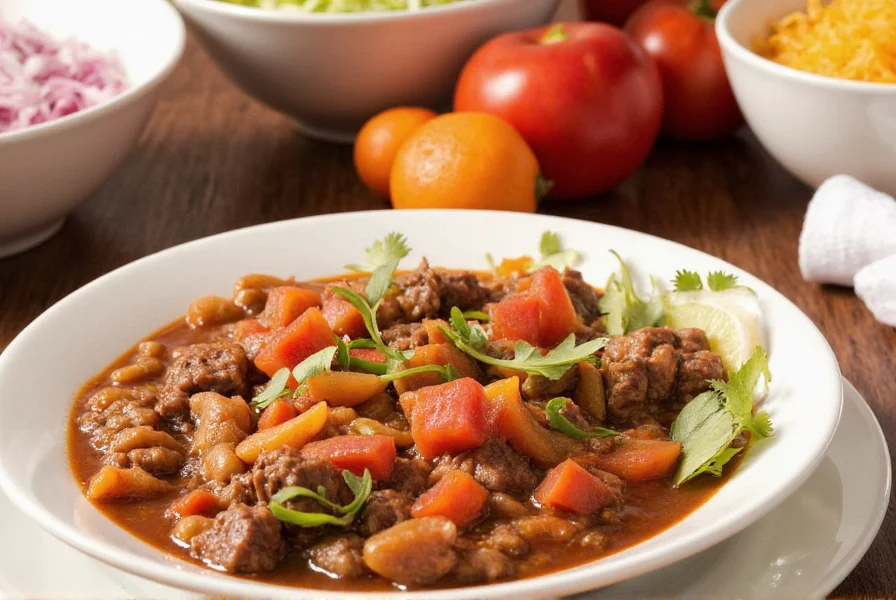
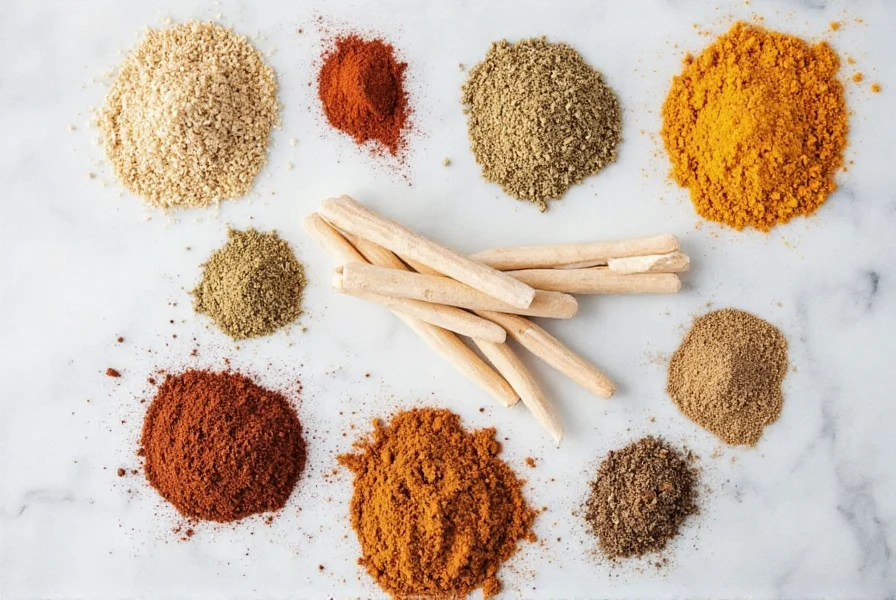
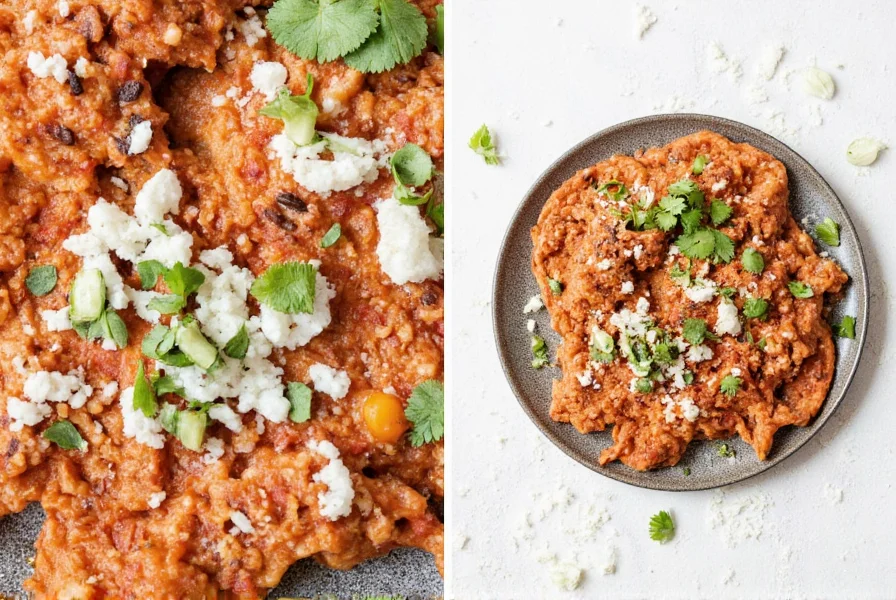
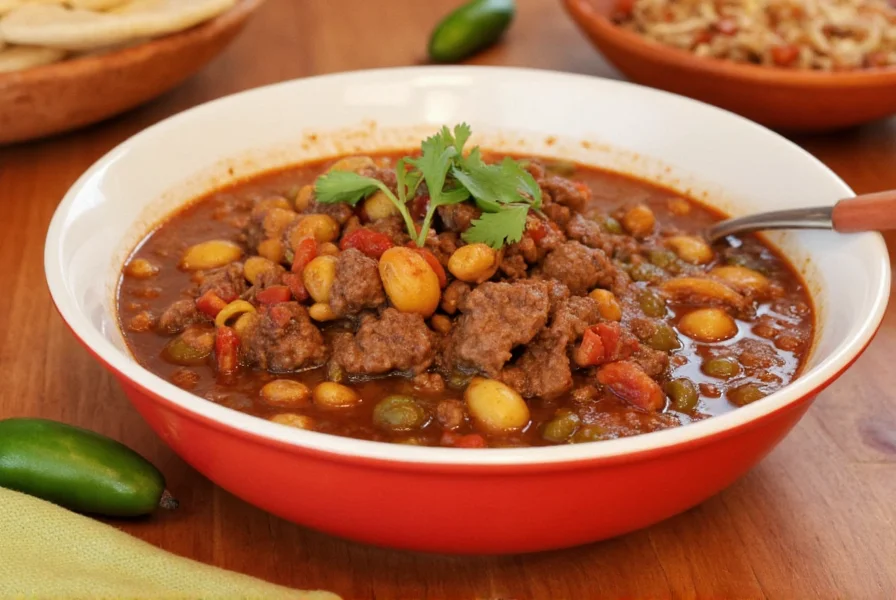
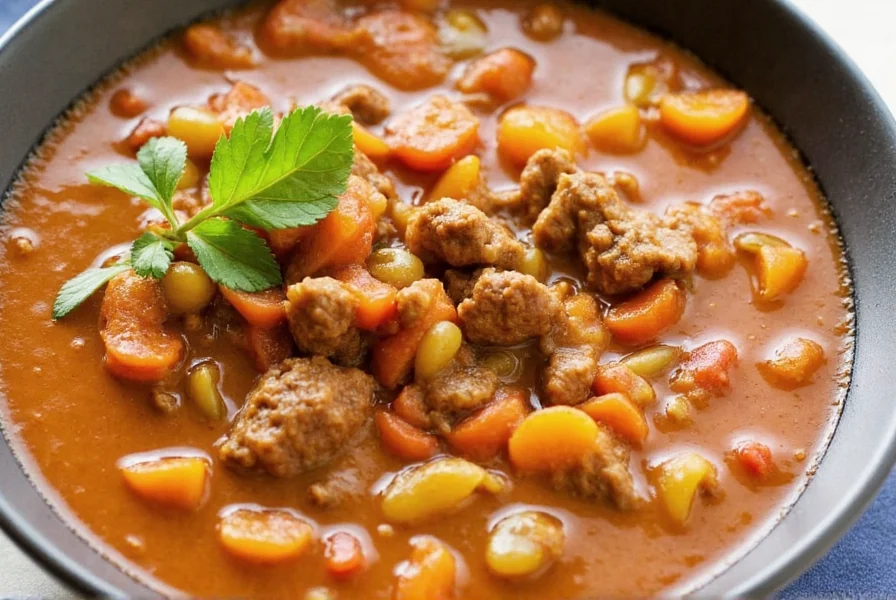

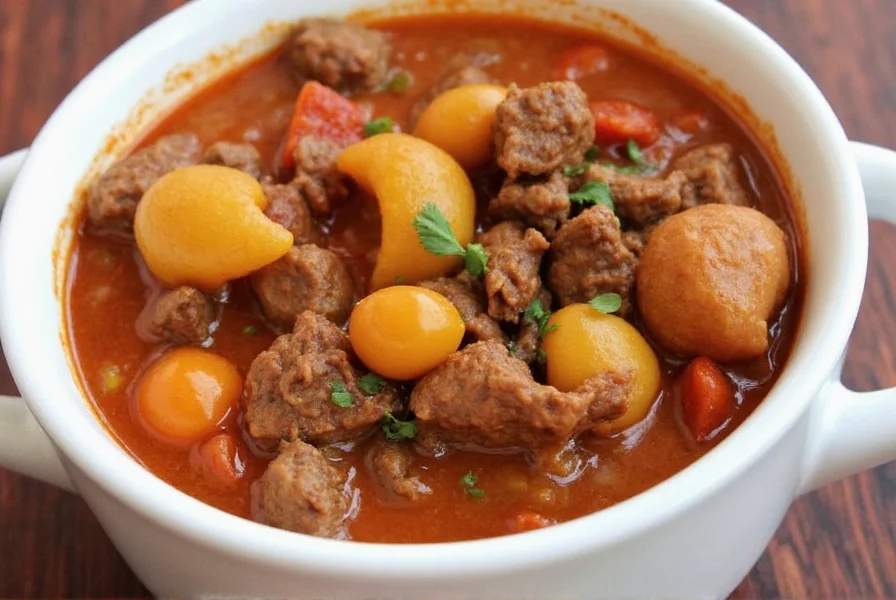









 浙公网安备
33010002000092号
浙公网安备
33010002000092号 浙B2-20120091-4
浙B2-20120091-4